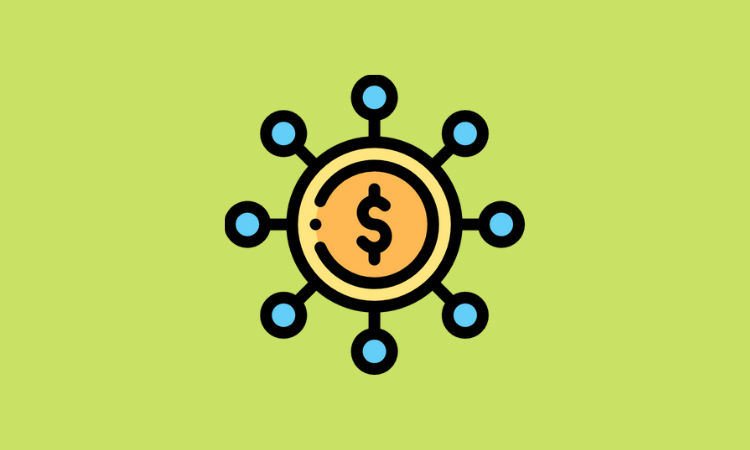Member Exclusive
“It’s a simple idea with extraordinary impact”: Inside the growing world of push payments
- Push payments are enabling whole ecosystems of startups.
- Here are some major ways push payments are transforming the landscape.








